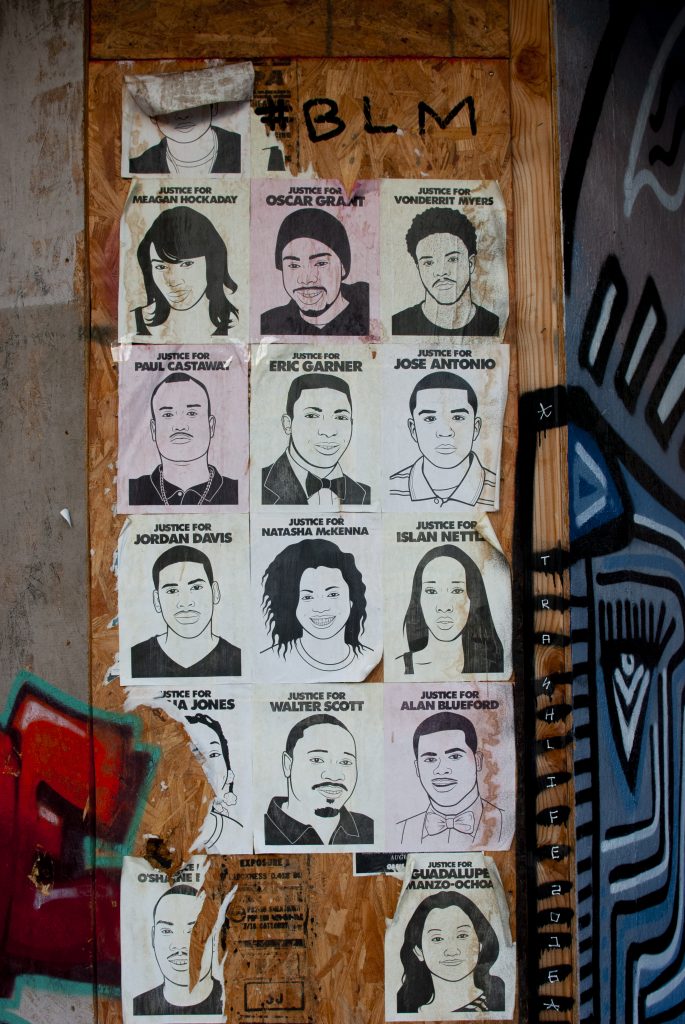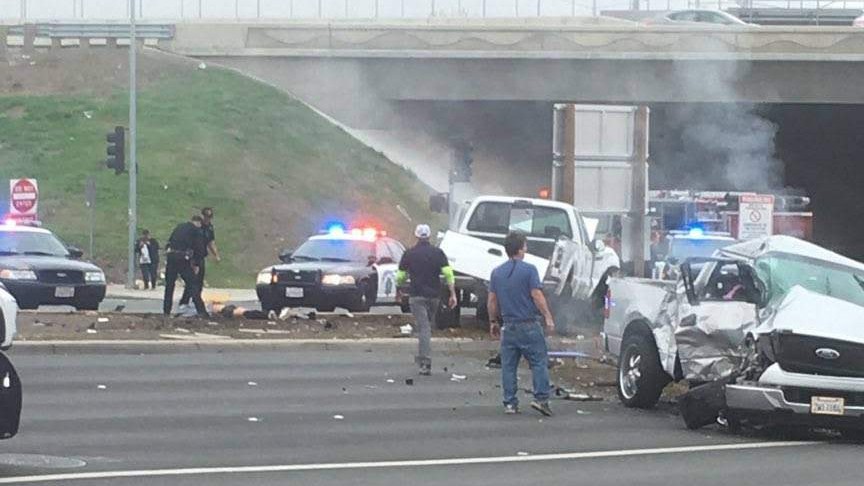When 16-year-old Elena “Ebbie” Mondragon, the youngest person killed by police in the Bay Area since 13-year-old Andy Lopez in 2013, was shot by two plainclothes Fremont police detectives in March, it came during a string of near-daily news of police shootings across the region.
Just the day before, Napa police officers killed a crazed man who allegedly lunged at them with a knife. Two days later, Antioch police officers wounded a man who rammed a police car. The day after that, San Jose police shot a naked man who pointed a caulking gun at them just hours before Fairfield police officers killed a dog during a suspect search.
As of May 23, there’s already been 33 officer-involved shootings in the nine-county Bay Area this year. Shootings seem to be happening more frequently.
I have been compiling a spreadsheet of all law enforcement shooting incidents I can find through police records, media reports and California Public Records Act requests. The 33 shootings so far this year are the most at this point in the year in at least four years.
| 2017 | 33 |
| 2016 | 21 |
| 2015 | 28 |
| 2014 | 28 |
| 2013 | 31 |
While 2016 was a recent low point for officer shootings, with 39 incidents, if 2017 keeps on pace the number of shootings will exceed 2015’s total, when there were 71 incidents.
Part of the dip in 2016 was due to a drastic reduction in shootings by Oakland police. There were no law enforcement shootings in Oakland last year, as I wrote about in Oakland Magazine in April. So far this year, there’s been one in Oakland.
While police shootings and officer safety issues have been the subject of fierce debate in recent years, there’s little evidence that politics has any affect on the rate of officer shootings. At least in the Bay Area, the trends don’t seem to be affected by national events like Michael Brown’s death in Ferguson in 2014, which set off nationwide protests, or the ambush attack against police officers in Dallas last year.
The data includes all law enforcement shootings, not just fatalities. Incidents with multiple injuries are counted more than once, but even non-injury shootings or the shooting of an animal are counted. Records may be spotty. Shootings by some departments, particularly when no one is injured or the target was a dog or other animal, are never reported in the media.
You can download the data I used to create the charts above for further analysis.




